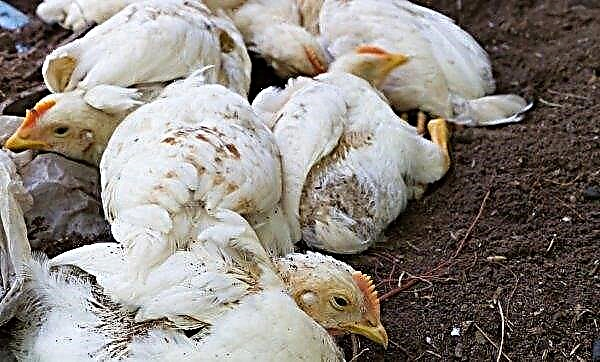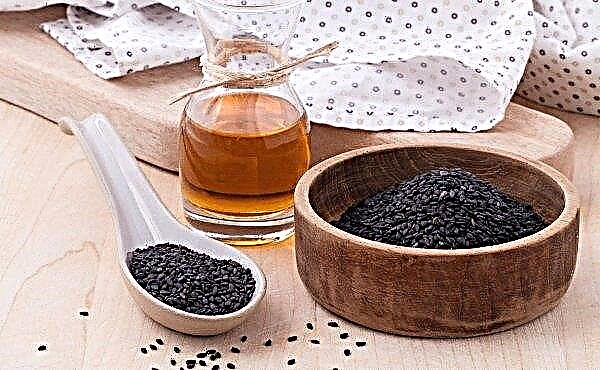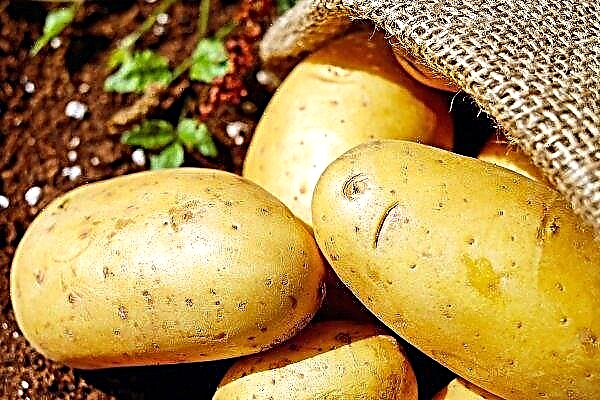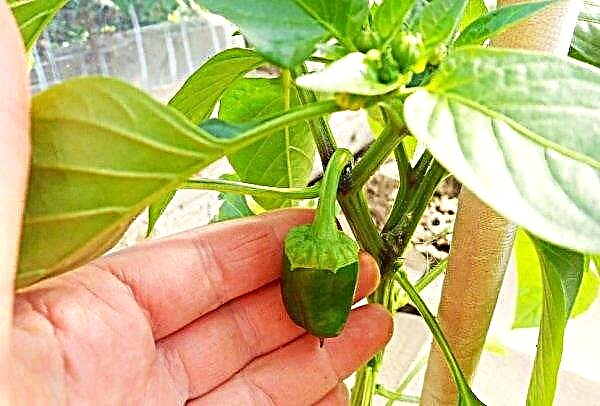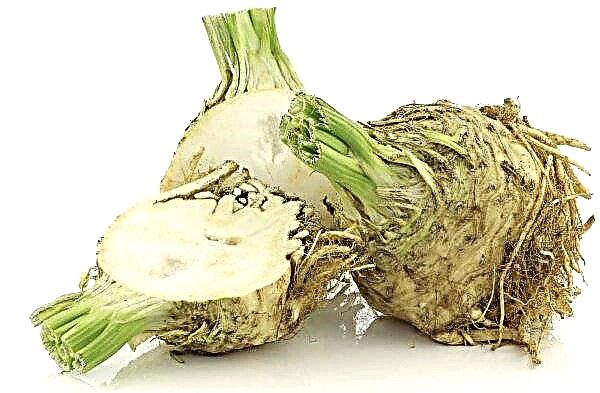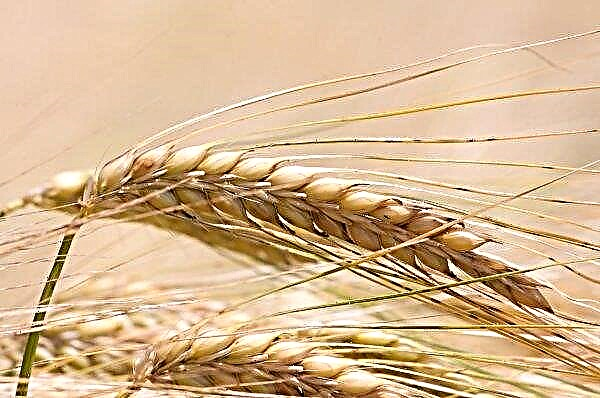Modern greenhouses are very popular among many gardeners, since high-tech materials are used in their production, which not only protect plants from adverse weather conditions, but also contribute to an increase in the volume of the grown crop. Such structures give people the opportunity to save time and their own strength, wisely using the power of nature and modern scientific achievements. The company "Glass House" presents a wide range of modern greenhouse buildings.
Technical characteristics and equipment of the greenhouse
The Glass House company has been operating in the market since the early 2000s and provides services for:
- design of greenhouse structures;
- their manufacture;
- installation.

Models of greenhouse constructions differ in their design features and are selected depending on the needs of the customer, however, all models have:
- as a basis - a steel profile of hot galvanizing, which allows to protect the frame of the structure from corrosion;
- the coating uses such a modern material as polycarbonate, which allows you to make the structure strong, but at the same time light, due to the fact that the thickness of the sheets is not more than 4 mm. The company has its own production of this material;
- structures do not need to be dismantled for the winter period;
- the service life reaches 30 years.
In each greenhouse construction, it is planned to install irrigation and ventilation systems, as well as heating. Due to the fact that «Glass House» provides a full cycle of production of greenhouse structures, the company can allow you to control the quality and set reasonable prices.
Did you know? In Iceland, it is not uncommon to find greenhouses next to a geyser - the inhabitants of this country efficiently use the heat and hot water of natural sources for heating.
Benefits
The use of modern technologies, which are constantly changing and updating, makes it possible to produce more and more high-quality products with an improved set of consumer characteristics.
- So, the advantages of the latest models include:
- an individual approach at the stage of designing structures: the possibility of creating unique rooms with internal partitions dividing the greenhouse into autonomous parts, the organization of departments for storing equipment;
- structures can be used year-round;
- original fasteners of polycarbonate sheets, due to the use of which, structures acquire strength and resistance to weather disasters;
- high quality materials, the production of which the company controls at all stages - 1.5 mm steel and polycarbonate with two-component protection against ultraviolet radiation;
- there is a D-shaped, additional sealant, which allows you to create a microclimate inside the greenhouse;
- lightweight design of ventilation windows;
- zinc coating of steel structural elements;
- high height of greenhouses, which allows a person to feel comfortable indoors, and also makes it possible to grow tall varieties of vegetables, etc.

Disadvantages
- By cons include:
- the mass of the structure, due to the steel galvanized frame, can be impressive;
- the need to create a strong foundation;
- in the basic configuration of many models there is only 1 doorway.
How to choose the best greenhouse from the manufacturer
When choosing any model, you must pay attention to the following characteristics:
- material of which the frame is made;
- high-quality coating (lining);
- the presence of arched profiles that provide a reduction in snow load;
- the presence of clear and understandable installation instructions for the design.
Getting to the choice of model, you need to think:
- on the use of the greenhouse;
- about the shape of the greenhouse;
- about the free area of the site;
- about the place of further placement of the structure.
Accordingly, pricing depends on the following factors:
- greenhouse size;
- quality and quantity of polycarbonate sheets;
- type of construction.
In accordance with these criteria, they distinguish:
- farmer;
- garden;
- standing separately;
- wall.
The most popular are:
Basic rules of operation
Since the structure performs a protective function for the crop grown in it, then it takes all the impact of the elements and the disfavor of the weather upon itself.
Important! The place for installing the greenhouse should be sunny, with free access to the building. Nearby there should not be tall trees and dense plantings.
In order for the greenhouse to serve and be used effectively for a long time, it requires simple but regular maintenance, which consists in the following:
- cleansing as necessary, but at least 1-2 times per season, from dirt. To do this, use a soap solution and water;
- reliability control of bolt fastening. It is important that they are not overtightened, which can cause cracks on the polycarbonate, and also that the fasteners do not “hang out”, and with strong gusts of wind, the structure sheathing remains in place;
- integrity control of metal structures. When the first signs of corrosion appear, these areas should be cleaned;
- annual change of end tapes and cleaning of corresponding profiles.
Greenhouse care in summer
Since polycarbonate is a light source for greenhouse plants, providing a uniform and comprehensive distribution of sunlight, it is necessary to monitor the cleanliness of the panels. If the plastic has a layer of dirt, it stops transmitting light and begins to overheat, which will affect the development of plants and the condition of the roofing material itself.
Winter care
In winter, there is a chance of condensation accumulating in the cells of polycarbonate sheets, if they were fastened with a violation of technology, which in the future can lead to cracks under the influence of low temperatures during severe frosts.
Also, it is necessary to monitor the timely removal of snow from the surface of the greenhouse. It is recommended to do this at a time when the snow is not covered with ice crust and has not turned into an ice block, which can lead to deformation of the structure under gravity and damage the polycarbonate coating.
Did you know? The record holder in the number of greenhouses among all countries with confidence can be called Holland, where the total area of greenhouse premises is about 10.5 thousand hectares. Traditionally, the Dutch use glass as a roofing material.
Assembly instruction
Since each product has its own technical passport and detailed assembly instructions, the installation work must be carried out in accordance with these documents.
The first stage of the installation of a greenhouse in a suburban area involves preparatory work to clear the area from vegetation. Then it is leveled and marking is started to build the foundation, after which the installation of the greenhouse begins.
The foundation for the greenhouse can be:
- concrete blocks;
- wooden bars;
- metal corners.
After creating the foundation, which will correspond to the size of the greenhouse and the goals of its operation, proceed to the collection of the frame structure. The final stage of the greenhouse assembly is the installation of the casing, the fastening of polycarbonate sheets. After this follows the installation of window leaves and doors, which are regulated already in place.
To install the greenhouse you will need the following tool:
- building roulette;
- level;
- straight screwdriver;
- Phillips screwdriver;
- Socket wrench 0.8 cm;
- screwdriver;
- special mounting knife for cutting polycarbonate sheets.
Important! Installation of polycarbonate sheets should be done with caution. Mounting to the frame is not allowed along the edge of the sheet, as it may damage its integrity.
Phased installation of the structure is as follows.
- Foundation installation.
- Assembly of the frame of the greenhouse, its end part.
- Installation of side supports, which are connected to the end parts using horizontal ties and partial tightening of the bolts.
- The collection of the second end.
- Installation of windows and doors.
- Assembly quality control and final tightening of the mounting bolts.
- Installation of polycarbonate. End sheets, thermowells and self-tapping screws are used to connect the sheets.
 1 - Blocks, wooden blocks or metal corners can be used as the foundation foundation; 2 - Elements of the frame are laid out, after which the arches are assembled. In this case, the end parts are installed last; 3 - After installing the transverse elements and checking the connections of all the frame parts, a sheet covering material is fixed.
1 - Blocks, wooden blocks or metal corners can be used as the foundation foundation; 2 - Elements of the frame are laid out, after which the arches are assembled. In this case, the end parts are installed last; 3 - After installing the transverse elements and checking the connections of all the frame parts, a sheet covering material is fixed.The use of Glass House greenhouses allows the rational use of natural resources, as well as making the process of cultivating vegetables in their suburban area simple, convenient and profitable.


